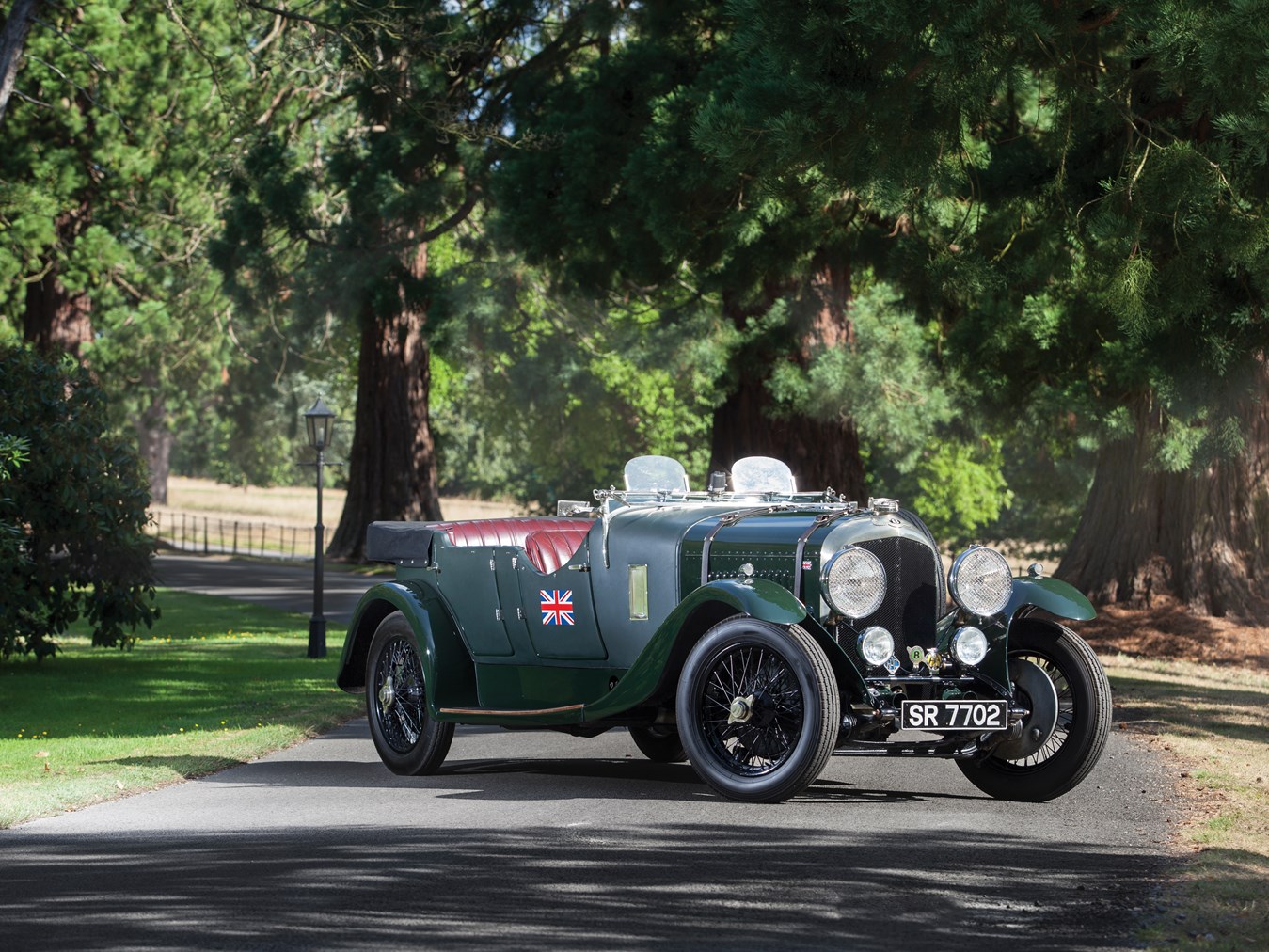Pre-war cars present a special kind of delight
Recently I found myself looking up at the oily side of a 1929 Bentley, trying to figure out how to pull the starter. This was after wandering into my friend Craig Ekberg’s hangar, where he keeps a small fleet of immaculate old cars plus a pair of radial-engine hot rods for the sky. The Bentley is Craig’s current favorite pet, but earlier in the day, the starter went ziiing and then spat a mangled bolt into the dirt in a way that would have startled even the veteran spaniels of the Shropshire Gundog Society. Without first thinking about how an 88-year-old Bentley might be different from, say, a Honda Civic, I said, “Don’t you just unbolt it from the bell housing?” Craig waved a plastic cup of pinot in the direction of the Bentley and invited me to have at it.
I lifted the Bentley’s hinged bonnet and saw that there were no obvious mounting bolts. Nor, indeed, was there a bell housing. Instead, an electric motor big enough to drive a Squaw Valley chairlift seemed to be clamped in place by a huge slug of polished aluminum sprouting off the side of the engine block like the mother of all goiters. The only obvious thing to remove was a large nut (which Craig had already removed) exposing the threads of some kind of vertical shank that slid down through the slug next to the starter.
If you like mechanical puzzles, no type of vehicle short of a Citroën gives you more “what the what!?” moments than a prewar car. It is one of the things that make them so lovable. The minute those first torpedoes slammed into the battlewagons at Pearl Harbor, the car hobby was torn asunder. The ensuing world war hastened technological change, drastically altered the fashions, and basically blew a permanent rupture in the world’s automotive timeline, such that 73 years after the peace, we car collectors remain a house divided. Although there are some of us, such as Craig, who straddle the breach and enjoy any vehicle that is faster than walking, most old-car enthusiasts consider themselves to be in either the pre- or postwar camp.

Considering how flat prices are for Ford Model As against those of vintage Porsche 911s, the postwar crowd is notably larger. Many people want the cars that were spicy when they were young, and it has been a long time since a Model A was spicier than the chicken potpie at Bob Evans. Also, there’s the usability aspect. The common Chevelle runs effortlessly at freeway speeds, whereas a prewar car practically needs to be a Duesenberg to do so without choking on its bearing Babbitt. And where do you get bearings re-Babbitted anyway?
But more people should consider owning a prewar car. My first exposure to nonsynchro crash boxes and skinny tires was a ’32 Plymouth rumble-seat roadster. The engine sounded like Waldo Pepper’s Jenny, and with that prairie barn of a nose, the giant steering wheel, and every bit of the concentration needed to lap the Nürburgring Nordschleife just to keep the old jalopy moving in traffic, it proved to be a surprisingly (and intensely) thrilling half-hour of motoring.
I’ve had a soft spot for prewar cheapies ever since. If the concern today is that cars are too robotic and electrified to be engaging, name a better medicine than a Sunday morning squirt back to the Hoover administration in a time machine with running boards, side mounts, and manual spark advance. They are ridiculously different from today’s cars, coming from the era before all the rules were cast in concrete on how cars should be built and operated. External hand brakes, center accelerator pedals, reversed shift patterns, hand-crank starting, steam! Don’t tell me your shoe-box Chevy is a challenge to drive because of its drum brakes and three-on-the-tree until you’ve mastered the prehistoric pedal controls of a Model T.
20171020142749)
Craig and I determined the shank was a pin holding the starter in place. Helpers came and went, and after first pounding the pin in the wrong direction, I finally had the starter out to a smattering of applause from the equally well-oiled crowd. I lofted it over my head like a prize-winning perch—then felt the twinge of a disk slipping. As my dad used to say, being old ain’t for sissies. Nor is being around the old.


